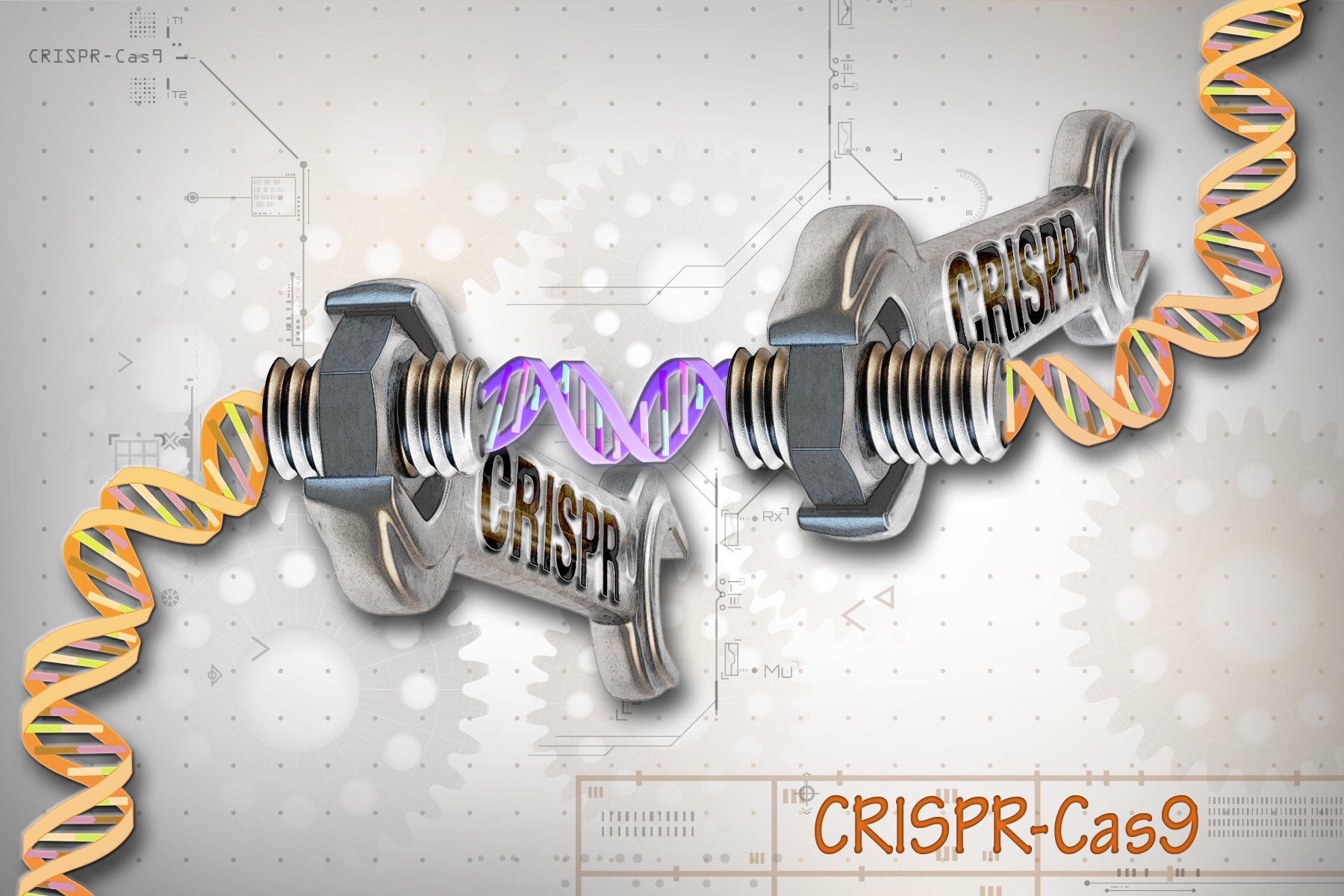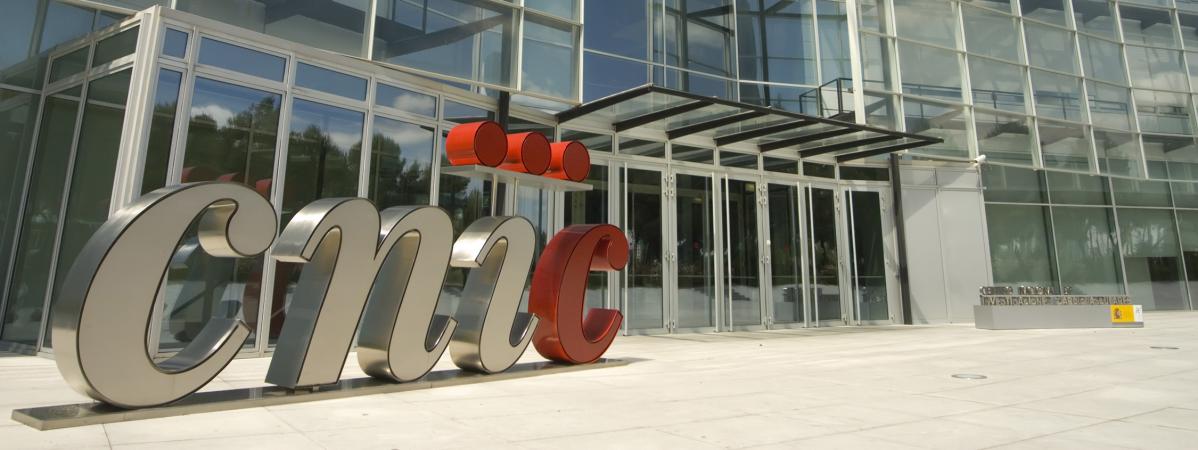
This genome editing technique, discovered by chance by the scientific Francis Mojica in 2003, has an important therapeutic potential, since it allows to rewrite accurately the genome.
22 november 2016
CRISPR (Clustered Regularly Interspaced Short Palindromic Repeats) technique can correct and edit the genome of any cell. Furthermore, it is a cheap and simple technique, also known as “copy and paste” of DNA. Thanks to the protein Cas9, that has the function of scissor in the genome editing technique, it is possible to cut any DNA molecule in a precise way.
CRISPR technique works as a word processor, since it allows to cut and paste several genes at the same
It is a very important discovery for genetic manipulation applications. So much so, that CRISPR technique was considered as the most relevant scientific breakthrough for the journal Science in 2015.The most curious thing is that Mojica discovered it by chance.
The scientific from Alicante, Francis Mojica (1963), was studying since 1995 the repeated sequences of DNA of bacteria and archea when on summer 2003 he enjoyed his “eureka moment”. He discovered that in the bacteria genome repetitions there were spaces with fragments that proceeded from virus or other invasive elements. That’s why he arrived at the conclusion that bacteria have their own immune system, in other words, that they can vaccinate themselves in front of a virus.
The discovery was published in 2005 and it is considered as a genome editing technique with an important therapeutic potential. Many laboratories work with this technique, but the leading ones are in USA and China.
 Mice illnesses have been corrected by studies and researches in laboratories thanks to the CRISPR technique. In addition, this technique allows to correct genetic defects associated with human illnesses and to design strategies against cancer.
Mice illnesses have been corrected by studies and researches in laboratories thanks to the CRISPR technique. In addition, this technique allows to correct genetic defects associated with human illnesses and to design strategies against cancer.
On June 2016, USA approved the first clinical trial of the CRISPR technique for checking if this technique was safe for the treatment of cancer patients. This trial was financed by Sean Parker, the ex-president of Facebook. He invested a total of 220 million euro in the creation of a foundation to promote the immunotherapy against cancer.
In this clinical trial, lymphocytes T (a kind of white cells) were extracted from 18 patients and later, by the CRISPR technique, three genes of each one of them were modified.
The first time that this technique has been used with people was in China, where modified cells by the CRISPR-Cas9 technique have been injected to ill people. This trial, directed by the oncologist Lu You, from the University of Sichuan, was centred in a patient that suffered from an aggressive lung metastatic cancer, which was unresponsive to chemotherapy treatment.
CRISPR, a more simple and efficient technique, will accelerate the process to work with genetically edited cells in clinical practice throughout the world
Through this trial, it was evaluated the security of the modified T lymphocytes. Lu and his team ensured to Nature journal that the treatment worked with no problem, and that is why they want to go on trying with other ten patients.
On the other hand, Chinese laboratories have used CRISPR technique in human embryos editing, but in this case arise ethical conflicts. Mojica said in an interview of El País that embryos shouldn't be modified to edit a genetic feature.
Furthermore, many scientifics demand that this technology can’t be protected by any patent (the first was acquired in 2004 by the Broad Institute), due to its great capacity for the cure of illnesses.
The revolutionary Mojica’s technique places him in the list of candidates to Nobel Prize in the next years. The Spanish scientific community supports this candidacy, and if he finally gets it, he would be recognised for years and years of effort in research.










